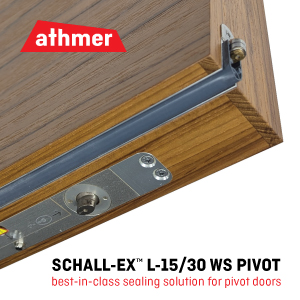In recognition of New Homes Month in April, it is important to highlight that taxpayers are taking advantage of new home energy-efficiency-related tax credits. A recent Internal Revenue Service data analysis by the National Association of Home Builders indicates that more than 800,000 taxpayers claimed a new home-related energy-efficiency tax incentive.
Energy-efficiency-associated claims grow
In 2005, the U.S. Congress established several energy-efficiency tax incentives related to housing that benefit new-home buyers and remodeling homeowners. The policies include section 25D of the internal revenue code, which is a tax credit for the installation of power production property in new and existing homes. From 2019 to 2020, claims associated with solar electric power grew by 86,000 taxpayers and $2.1 billion.
NAHB found that the most claimed qualifying activity for the 25D credit in 2020 was the installation of solar electric property. More than 600,000 taxpayers claimed the credit for almost $12.6 billion in qualifying installation costs. The second most common installation in 2020 was for solar water heating, which was claimed by 114,000 home owners and totaled almost $627 million in installation costs.
NAHB also surveyed home builders about the features they will most likely include in new homes they build this year. Five of the top 15 features focused on energy efficiency: low-e windows, efficient lighting, Energy Star-rated appliances and windows, and programmable thermostats. NAHB found that for repeat home buyers, Energy Star windows, appliances, and energy-efficient lighting were listed in the top 10 most-wanted features in a new home.
NAHB’s take on the data
“Builders have found that buyers are seeking out new homes with durable designs and sustainable features that make their home cost-effective to operate,” says NAHB Chairman Alicia Huey. “Whether it’s efficient lighting options or appliances, many home builders are voluntarily incorporating green features into newly-built homes to meet consumer demand.”

